Can I Paint The Outside Of My Home In The Winter?

The winter isn’t the ideal season to accomplish your outdoor projects. Landscaping, gardening, and exterior work are often scheduled for the spring and fall months when the weather is more suitable. But sometimes work needs to be done in a given time frame, which means you need to accomplish projects like painting your home’s exterior in the middle of the coldest season. But is it a good idea to paint the outside of your home in the winter?
You can paint the outside of your home in the winter if you use cold-weather paint and temperatures don’t dip below 35 degrees. For exterior painting, you want weather above 40 degrees with no humidity extremes. As long as you pick warmer days with no rain or extreme humidity, you can paint the outside of your home without issues. For colder climates, opt for low-temperature paint or wait for warmer weather.
If you want to paint the outside of your home but aren’t sure if it is a good idea or not, then this article is for you. In general, it is possible, but there are several variables you need to consider. Keep reading to discover what you should think about before painting in the winter, and tips to make sure that if you do paint in the winter, you paint like a pro.
Is It Safe To Paint Outside In The Winter?
Generally speaking, it is safe and acceptable to paint the outside of your home as long as temperatures don’t dip below 35 degrees and you use paint that is formulated for colder temperatures. If the weather is consistently 40 degrees or higher, then you should have no temperature-related issues when painting in the coldest season.
Keep in mind that normal paints that are not created for cold weather applications should not be used in temperatures below 50 degrees.
If you paint in weather colder than the paint is designed for, then the drying time will be significantly longer. This will result in a sloppy and uneven-looking paint job. It can also result in a shorter lifespan of the paint.
Four Factors That Impact If You Can Paint Outside In The Winter
1. Your Specific Winter Temperatures
Winter is not the same everywhere. There are certain areas where temperatures regularly reach 50 degrees or higher in the winter. There are others where you are unlikely to see daily highs above freezing. If you live in a particularly cold climate, it will prove far more difficult to plan and coordinate a time when it is safe to paint in the winter.
2. Humidity And Rain
Remember that while temperature plays a vital role in whether or not you can paint outside in the winter, the humidity level is equally important. Ideally, you want to paint when the humidity is between 40% and 70%. Never paint when there is rain or fog in the forecast. Some winter climates are also exceptionally dry. Avoid painting on very dry days, as this can lead to cracked and uneven paint jobs.
3. The Type Of Paint You Use
There are endless types of paint designed for unique and specific purposes. Make sure the paint you choose for the exterior of your home is the best formula. Use paints that can handle colder temperatures. Make sure you read the instructions and guidelines and follow them correctly to avoid any mishaps.
4. The Scale Of The Project
When painting in the winter, timing is everything. If you are just painting your outside door, it should be relatively easy to find a few hours with ideal conditions to complete this project. If, on the other hand, you plan to paint the entire exterior of your home by yourself, it will take longer. Make sure you understand the scope of the project and its projected length, as this will help you pick the best time to paint in the winter.
What Is Low-Temperature Paint And Does It Work?
Many paint manufacturers have created special formulas that allow you to paint in temperatures as low as 35 degrees, and sometimes even colder. These are usually high-quality acrylic latex paints and tend to be more pricey than typical exterior paint.
They work by speeding up the curing process and are formulated to have excellent adhesive properties. Just like with any paint, low-temperature paints vary from brand to brand. Make sure you do your research and choose the right paint for your particular weather and project. Before painting, be sure you read all the instructions and follow them accordingly.
Seven Tips To Paint Outside Your Home In The Winter Like A Pro
1. Check The Weather Forecast Diligently
Perhaps the most important and proactive step you can take to ensure a perfect exterior paint job in the winter is to check the weather. Find several consecutive days where the temperatures will not dip below 40 degrees and where conditions are generally pleasant. Stay up to date, as weather can change within hours, and you want to make sure you plan accordingly.
2. Make Sure Surfaces Are Dry And Clean
It is also crucial you do not neglect the preparation work that goes with any exterior paint job. Most notably, make sure all surfaces are dry and clean. It is easy to clean surfaces inside, but when you paint outside, the surface can get dirty quickly. Have a plan of attack to paint in sections, so you are always painting on a clean and dry surface.
3. Use The Right Paint For Cold Weather
As mentioned previously, there are lots of paint types to choose from, and some work better in cold weather than others. If you plan to paint in the winter in temperatures that are below 50 degrees, then you need to have low-temperature paint. Choosing the right paint for your home’s exterior will help to ensure a long-lasting and professional-looking paint job.
4. Stay Warm And Dress Accordingly
One additional consideration when painting outside in the winter is what you wear. You should dress warmly, so you don’t get sick or feel cold. This means good gloves that grip, as well as cold-weather clothing you don’t mind getting paint on.
5. Enlist Help To Speed Up The Process
Painting the outside of your home can be a huge project, especially if you are doing it alone. A long project means you need several days with ideal weather conditions. If you get help from friends, family, or professionals, then you can cut the project time down significantly. This will make it easier to find a window of time in the winter when it is safe to paint.
6. Don’t Forget About The Humidity
It is easy to only consider the temperature when you are planning to paint the outside of your home in the winter. Remember that while cold temperatures can be bad for paint, so can less-than-ideal humidity levels. The golden rule is to paint between a humidity range of 40% and 70%. Never paint when the humidity is above 85% or very low.
7. Try To Avoid Painting In The Coldest Months If Possible
If you are determined to paint your home this winter, or if there is no avoiding it, then at least try to choose months within the winter that are known for milder conditions. Painting at the start of the winter can work well, as it gets the job out of the way. Or you can wait until the end of the winter when you are bound to have more ideal times to paint your home’s exterior.
Wrapping Up If It’s Wise To Paint Outside In The Winter
If you are wondering if you can safely paint the outside of your home this winter, the answer is most likely, but only if you follow specific steps. Make sure you use low-temperature paint, and even when using it, you should not apply it in temperatures below 35 degrees Fahrenheit. Make sure you check the weather forecast diligently and look at both temperature and humidity levels before choosing the perfect winter day to begin your exterior painting project.
Related Guides:

Tom Gaffey is an expert writer who currently resides in Washington D.C. Tom has a passion for real estate and home improvement writing, as well as travel and lifestyle writing. He lived the last twelve years in Hawaii where he worked closely with luxury resorts and event planners, mastering his knowledge of aesthetics and luxury products. This is where he found his passion for home improvement and a keen interest in DIY projects. Currently, Tom resides in Washington D.C, and also working on his debut fiction novel.
More by Tom Gaffey



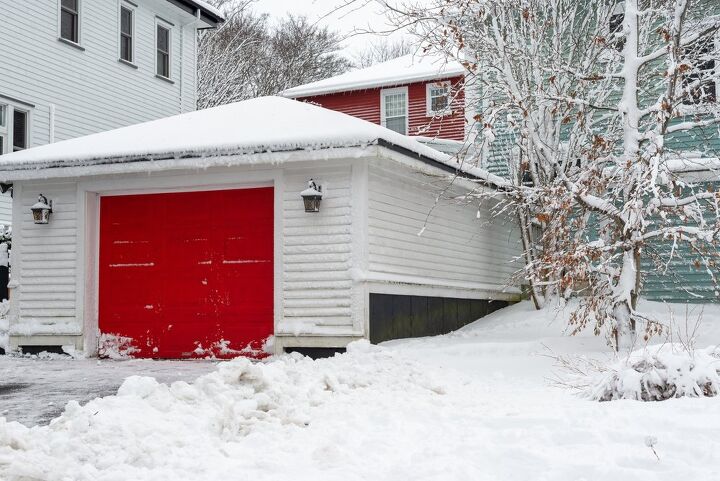
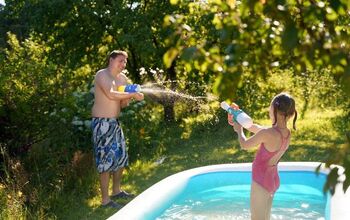






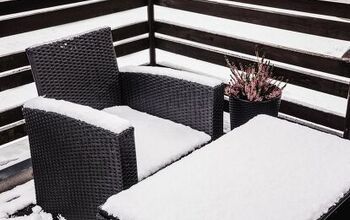
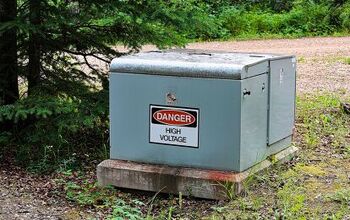
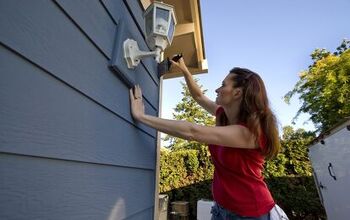








![Cost To Drill A Well [Pricing Per Foot & Cost By State]](https://cdn-fastly.upgradedhome.com/media/2023/07/31/9074980/cost-to-drill-a-well-pricing-per-foot-cost-by-state.jpg?size=350x220)




